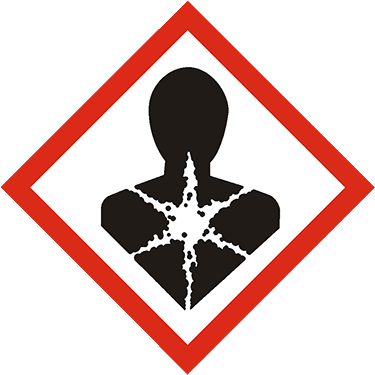Click "Allow Cookies" to consent to storing cookies on your device to improve your experience on our site. Learn more.
ASTM D5442 Hydrocarbon Standard
Catalog NumberCat#
D-5442-R1
17034 Classification17034 Class.
Certified Reference Material
Matrix
100 µg/ml in Cyclohexane
Number of ComponentsComps.
18 See Analytes
Storage ConditionStorage
Ambient (>5 °C)
Unit
1 mL
Price (USD) Price
$60.00
Product Details
Typical ChromatogramChrom.
Analytes
| Analyte | CAS Number | Target Concentration |
|---|---|---|
| n-Decane | 124-18-5 | 100 µg/mL |
| n-Dodecane | 112-40-3 | 100 µg/mL |
| n-Tetradecane | 629-59-4 | 100 µg/mL |
| n-Hexadecane | 544-76-3 | 100 µg/mL |
| n-Octadecane | 593-45-3 | 100 µg/mL |
| n-Eicosane | 112-95-8 | 100 µg/mL |
| n-Docosane | 629-97-0 | 100 µg/mL |
| n-Tetracosane | 646-31-1 | 100 µg/mL |
| n-Hexacosane | 630-01-3 | 100 µg/mL |
| n-Octacosane | 630-02-4 | 100 µg/mL |
| n-Triacontane | 638-68-6 | 100 µg/mL |
| n-Dotriacontane | 544-85-4 | 100 µg/mL |
| n-Tetratriacontane | 14167-59-0 | 100 µg/mL |
| n-Hexatriacontane | 630-06-8 | 100 µg/mL |
| n-Octatriacontane | 7194-85-6 | 100 µg/mL |
| n-Tetracontane | 4181-95-7 | 100 µg/mL |
| n-Tetratetracontane | 7098-22-8 | 100 µg/mL |
| n-Pentacontane | 6596-40-3 | 100 µg/mL |




